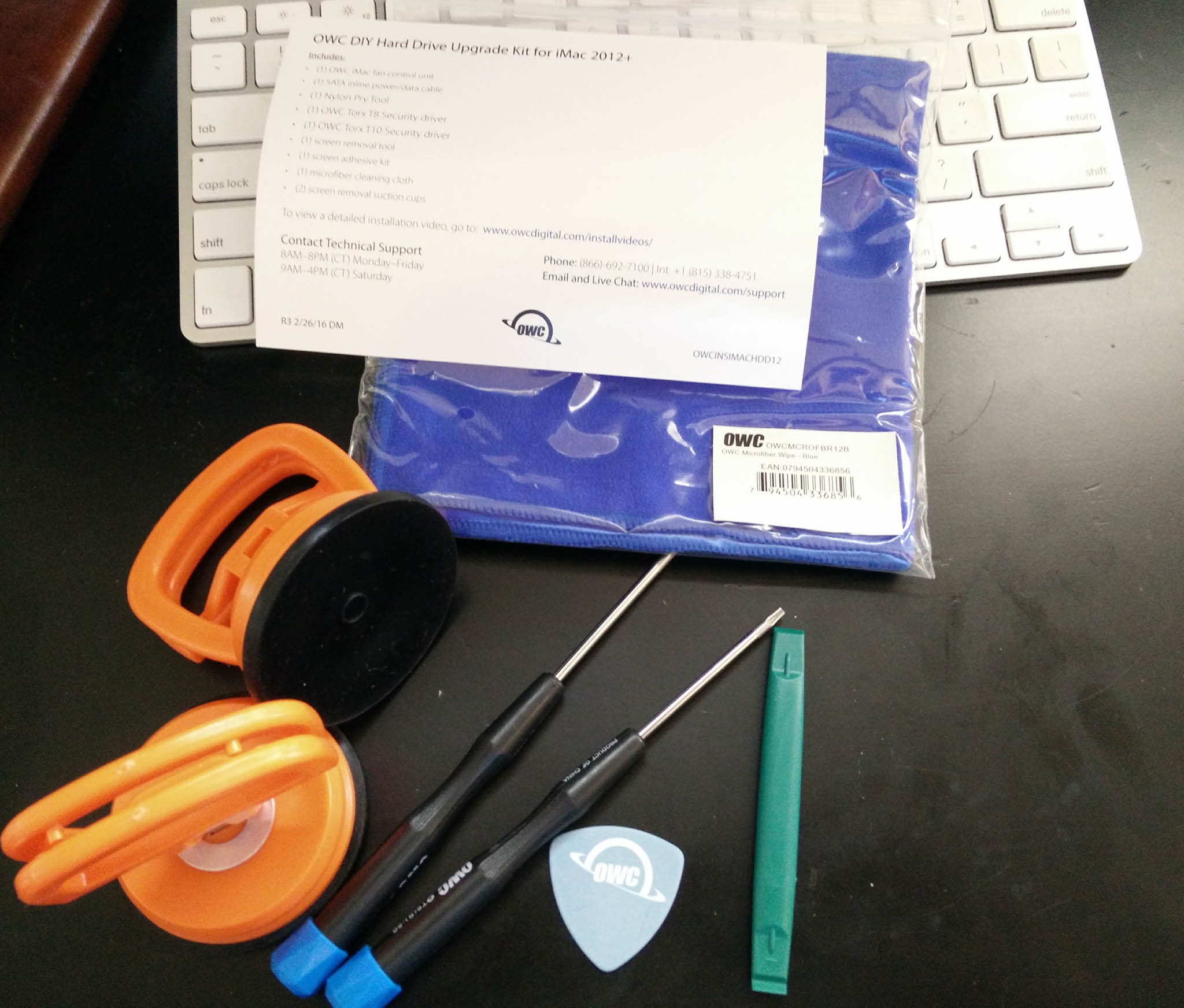

I boot my iMac back into recovery mode (CMD+R) and performed a verify/repair on my drive and everything seems okay, no problems. Okay I was able to un-couple my Fusion drive and then re-fuse it back together. I'd just put together a good USB3 external drive (either HDD or SSD) and use that for additional storage instead. It's not worth the trouble of "extracting" or replacing it.


IF the HDD will not pass the "repair disk" tests, I'd just leave it "unused in place". If it checks out ok, I'd use it as a "standalone drive" for storage and keep it backed up. If the results are good, I'd run "repair disk" on it 10 times in succession, looking for a good report each and every time.ġ0. If so, install a copy of the OS onto it, get an account set upħ. DE-FUSE the internal fusion drive using TerminalĤ. BACK UP whatever you wish to save on the internal fusion drive if you can (it -might- be "mountable" IF you boot from an external drive)ģ. (if you don't have an external drive that is bootable, you'll need to create one)Ģ. Question 2: My Time Machine backup was done on the system when it had a Fusion Drive.1. Question 1: Will the non-Fusion repair option eliminate the horribly sluggish performance I see now? SATA3 is never going to equal PCI data rates, but the performance limitations I want to overcome are those that require 60 seconds for a login, and 30 second delays in launching an app!

Performance: I'm not very concerned about reductions in classic storage drive performance. Potential tradeoffs & questions for a non-Fusion repair option: It's highly likely I do not know what these tradeoffs might be, so I'll list the ones I can think of & ask those providing answers to list any others they're aware of. This question(s) is intended to discover what - if any - tradeoffs are required for the non-Fusion repair option. This strikes me as an ideal solution - assuming there are no awkward tradeoffs. Some have suggested that a simpler solution to repair a Fusion Drive is simply to replace it with a single, non-Fusion SSD connected to the iMac's internal SATA cabling. For example, OWC - the primary 3rd party source for replacement SSDs for Apple products - does not make an SSD compatible with my iMac Model 17,1. For some models, one can find 3rd party replacement SSDs, but for other models, compatible repair parts are not available from any source. The repairability issue seems to be largely due to Apple's proprietary SSD designs. After two unsuccessful attempts to repair the Fusion Drive, I am now concerned whether or not this iMac is reparable: Apple declined to repair a "vintage" iMac, and the "repair" performed by a specialist Mac repair shop was an expensive failure. It was a great system until its Fusion Drive failed. My 2015 (Model 17,1 w/OS X 10.14 Mojave) iMac was purchased new in 2017.


 0 kommentar(er)
0 kommentar(er)
